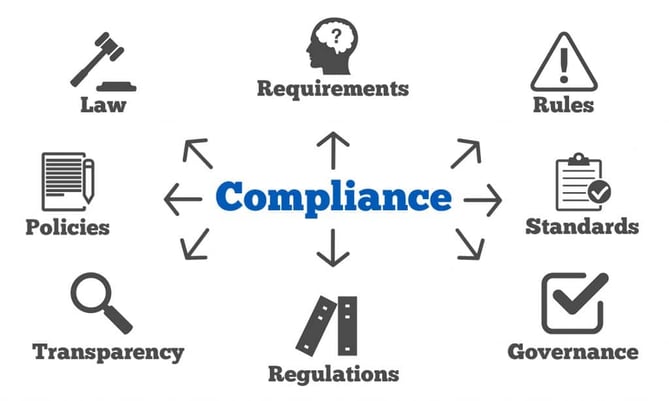1 min read
EWN Compliance Advice: How do we implement API RP 1173 and PSMS?
Energy Worldnet (EWN) : Jul 19, 2018 9:12:54 AM
Have you heard of the API Recommended Practice 1173?
Do you know what goes into a Pipeline Safety Management System (PSMS)?

Have you heard of the API Recommended Practice 1173? Do you know what goes into a Pipeline Safety Management System (PSMS)? Operators around the country are scrambling to ensure that their pipeline systems have some sort of safety management system in place to make sure that they are in compliance with API RP 1173.
If you are wondering how and why this recommended practice came to be, you are not alone. In 2010 there was a pipeline accident in Marshall, MI where hundreds of thousands of gallons of oil spilled into surrounding lands and rivers. Due to this incident, the National Transportation Safety Board (NTSB) investigated and concluded that pipeline safety was the root cause Because of this the NTSB tasked API with writing a recommended practice based on the findings of the NTSB investigation; thus, API RP 1173 Pipeline Safety Management System Requirement was born.
PSMS is a continuous improvement process that follows the Plan, Do, Check, Act model. That means that it is a cyclical process and it is never “complete.” Improvement can always be made when it comes to safety.
API created the RP in this way because it aligns with the industry goal of zero incidents/accidents. Within this continuous improvement process, there are 10 key elements that the API outlines as critical to the pipeline safety management process.
Those 10 elements are:
- Leadership and Management Commitment
- Stakeholder Engagement
- Risk Management
- Operational Controls
- Incident Investigation, Evaluation and Lessons Learned
- Safety Assurance
- Management Review and Continuous Improvement
- Emergency Preparedness and Response
- Competence, Awareness and Training
- Documentation and Record Keeping
As we have seen before in this industry, Recommended Practices do not disappear. On the contrary, they tend to move toward regulation (i.e. The OQ Rule). As an ANSI designated standards document, API RP 1173 is the national standard for pipeline safety management systems in the US. Awareness and education of possible gaps are the first steps in the process of creating a successful PSMS program.
Do you have questions or want to find out more? Set up a meeting with one of our Compliance Specialists and they will walk you through the PSMS cycle and what you need to know to move forward.
Sources: https://pipelinesms.org/


